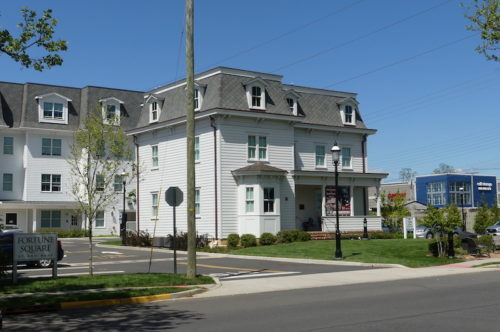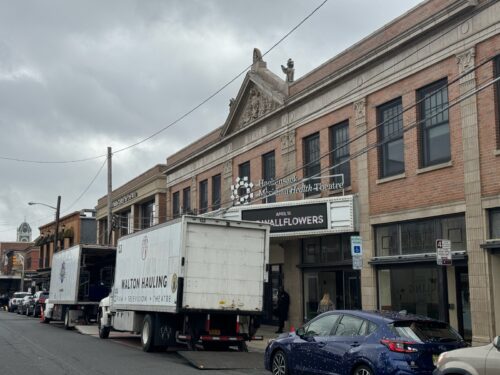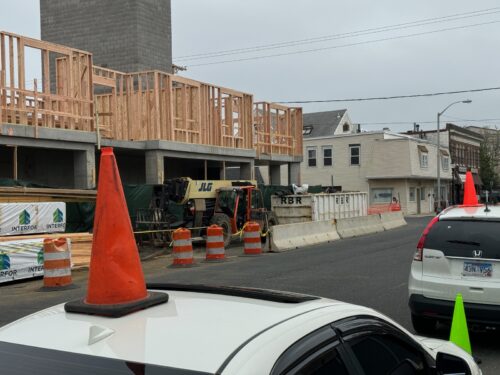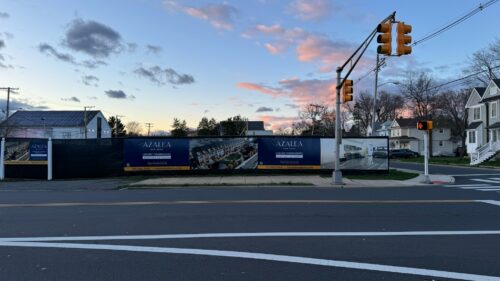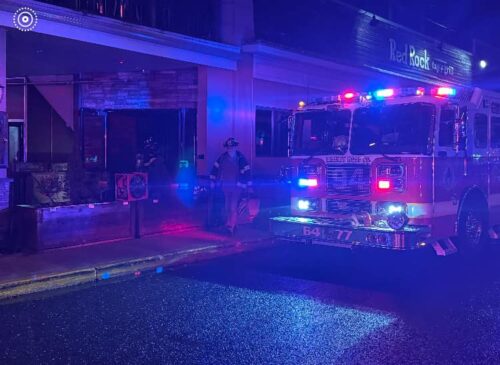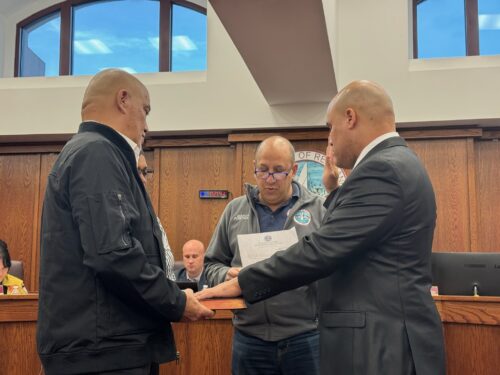Today’s Asbury Park Press has a feature on reverse commuters people who come to the Shore from Manhattan to work. And all three people cited as examples happen to own stores in downtown Red Bank.
Interviewed are Mike Buess of Bodega Shoppe on Mechanic Street, Jill Dente of Rok + Lola on Broad Street and Meghan Del Priore of the Bees Knees, also on Broad.
Del Priore commuted via the Seastreak ferry from the time the store opened in 2002 until she and her husband moved to Fair Haven last August.
How does Dente feel about the commute from New York’s Penn Station?
“It’s awful,” Dente said. “It’s really long. It makes so many local stops. It’s rough. It adds almost four hours to your day.”
Dente is a rarity: A New York resident who commutes to a job at the Shore, managing to combine New York’s high cost of living with New Jersey’s more modest pay. All the while enduring grinding hours en route to either home or work.
The lifestyle, notes Press business writer Michael Diamond, is best suited for people who don’t have 9-to-5 jobs or the responsibilities of childcare. And the lower retail rents in New Jersey make sense for merchants hoping to establish their businesses with taking on the burden of New York rents.
“I had a lot of flexibility, following my passion rather than relying on the paycheck, which was really fortunate,” Del Priore, 30, said. “Once you have a child in the mix in New York City, it’s a whole different ball game.”
New Jersey has only a handful of jobs that can support living in Manhattan. The average wage in 2006 was $45,760 a year in Monmouth County and $36,608 in Ocean County. It was $91,728 in Manhattan, according to the U.S. Bureau of Labor Statistics.
One sector that may be exempt is retail. The rent for retail space in New Jersey is $25 to $50 a square foot. By comparison, retail space in Manhattan can cost $150 a square foot or more, said Michael Stone, senior director of retail services at Cushman & Wakefield in New York.
It allows entrepreneurs to start businesses here without taking as big a financial risk, experts said.
“They’re able to tap into an affluent market without facing the oppressive rents,” said James W. Hughes, an economist and dean of the Edward J. Bloustein School of Planning and Public Policy at Rutgers University.
“And the owners may not have to be on premises at 9 a.m. They may be able to commute at off hours. If they were working for corporate America, it’s 8:30 a.m. to 4:30 p.m., (which) makes it a very unpleasant commute.”
Mike Buess, the owner of the Bodega Shoppe, a home-decor boutique, wanted to open a store since he was 5, but as the New York resident began to search for space in the trendy shopping districts of SoHo or Brooklyn, the idea grew more remote.
So he expanded his search to New Jersey to Summit, Millburn and Maplewood, then to Westfield and Montclair. He settled on a location on Mechanic Street in Red Bank, a 77-minute train ride and 10-minute walk from home.
“It seemed to me rents at $4,000 or $5,000 a month for tiny spaces (in New York) were outrageous,” Buess, 35, said. 5 “Red Bank made the most sense.”
He found prices in Red Bank about one-third of what he would spend in Brooklyn and Manhattan.
To keep his sanity, he spends part of the week living at his partner’s apartment in Ocean Grove. To stay financially afloat, he has an interior design business in New York. As he arrived at his store one day last week, he looked remarkably stress-free.



